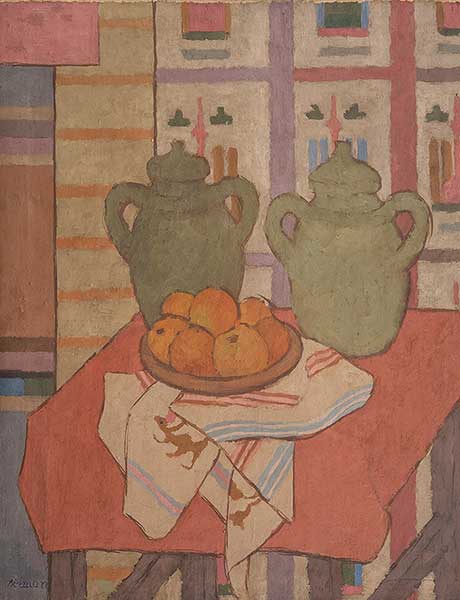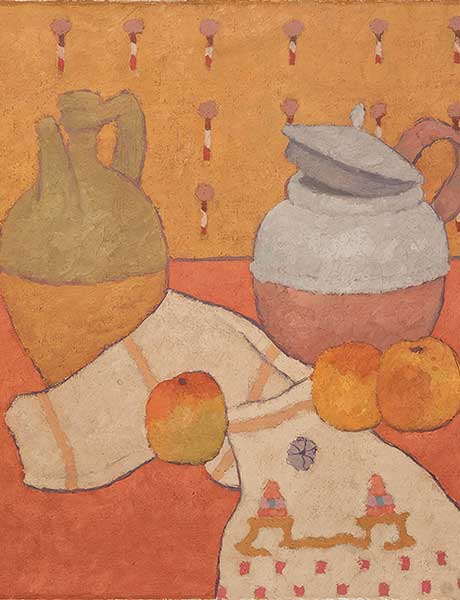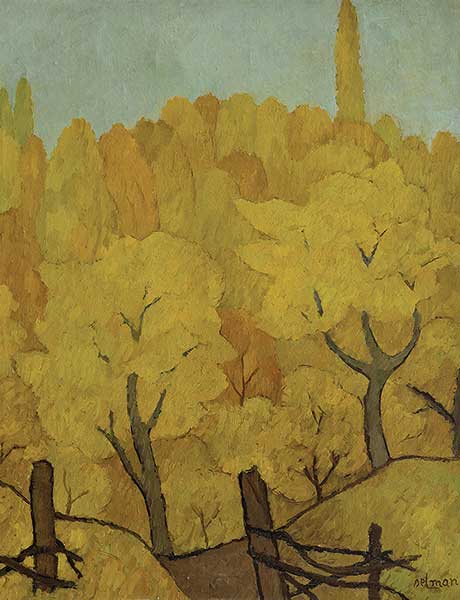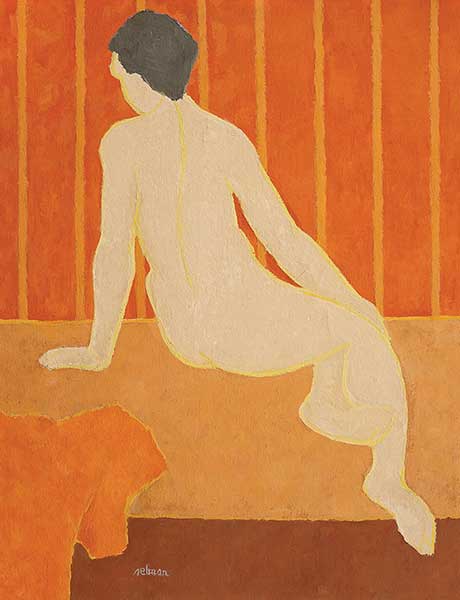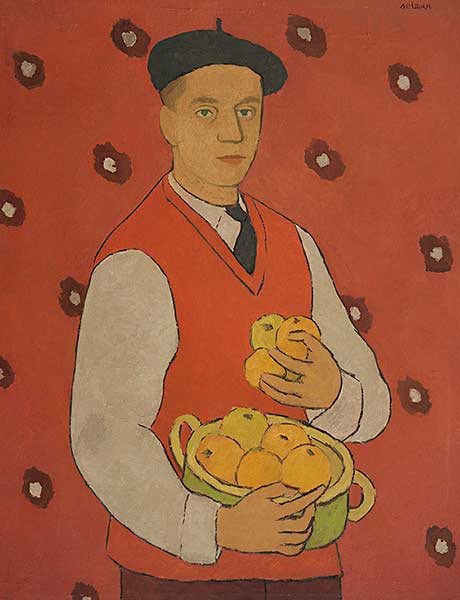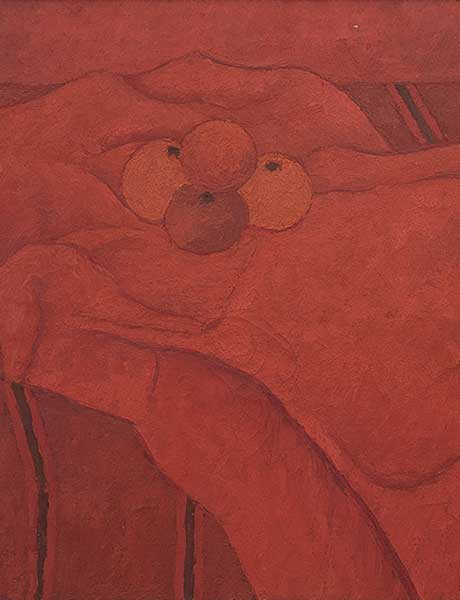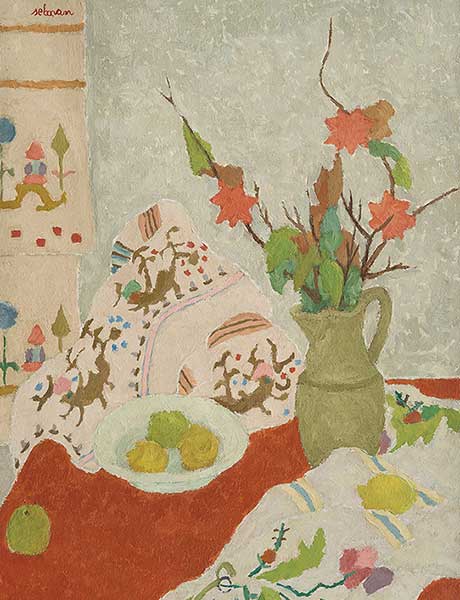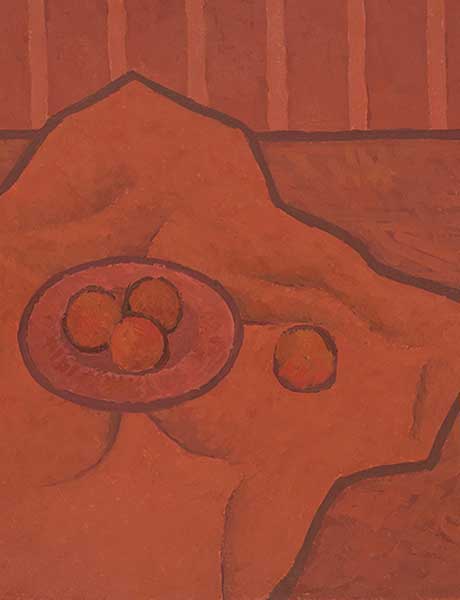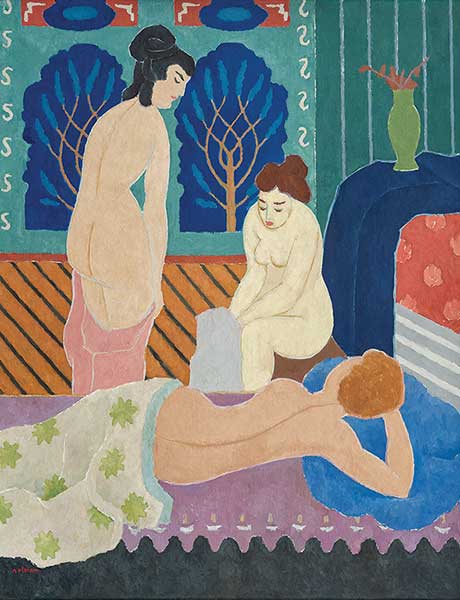(Pljevlja, 1915 – Sarajevo, 1972)
He began his painting studies at the Royal Academy in Zagreb in 1937. The professors who left their mark on his painting education were Krsto Hegedušić, Omer Mujadžić, Jozo Kljaković and especially Marino Tartaglja, who greatly influenced Behaudin's analytical approach to the elements of art form. In the class of Professor Marin Tartalja, he completed his studies of painting in Zagreb in 1943.
From 1943 until his death, he found his creative world in Sarajevo. In the period from 1945 to 1948 he was employed in the Ministry of Education of the People's Republic of Bosnia and Herzegovina. From 1945, he used the studio next to the Sarajevo Cathedral, in a building that belonged to Gazi Husrev-beg's waqf. He participated in the 1st exhibition of the Association of Fine Artists of BiH in the Sloga Hall in Sarajevo (1945), and in the IX exhibition of ULUBIH in the Exhibition Pavilion (1950). He had his first solo exhibition in May 1966 in the Art Pavilion in Sarajevo. In the fall of 1966, he spent a short study in France. In 1967, he received the July 27 Award of the People's Republic of Bosnia and Herzegovina. From June 1, 1968, he had the status of a freelance artist.
He had his second solo exhibition during his lifetime at the Army House in Sarajevo in April 1971. The first major retrospective of Behaudin Selmanović's work was organized by Meliha Husedžinović at the BiH Art Gallery in Sarajevo (1986) and Pljevlja (1987). On the occasion of the centenary of the artist's birth, the Bosniak Institute in Sarajevo organized an international scientific gathering and a large retrospective exhibition of this artist in 2015 in cooperation with the Art Gallery of BiH.
Before his death, Behaudin Selmanović donated all his artistic work to the City of Sarajevo.
The monograph Beahaudin Selmanović, authored by Aida Abadžić-Hodžić, was also published by the Bosniak Institute in Sarajevo.

